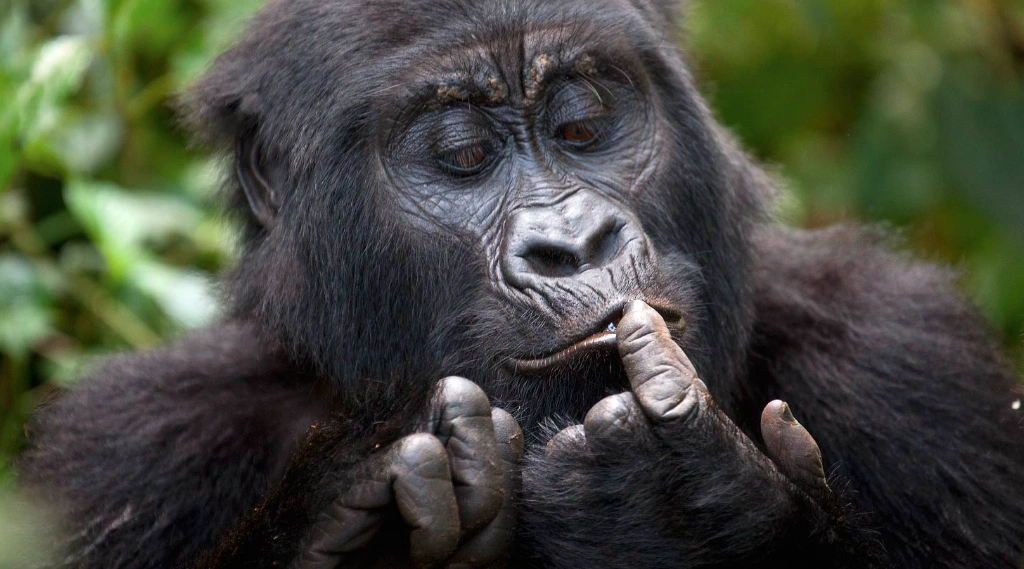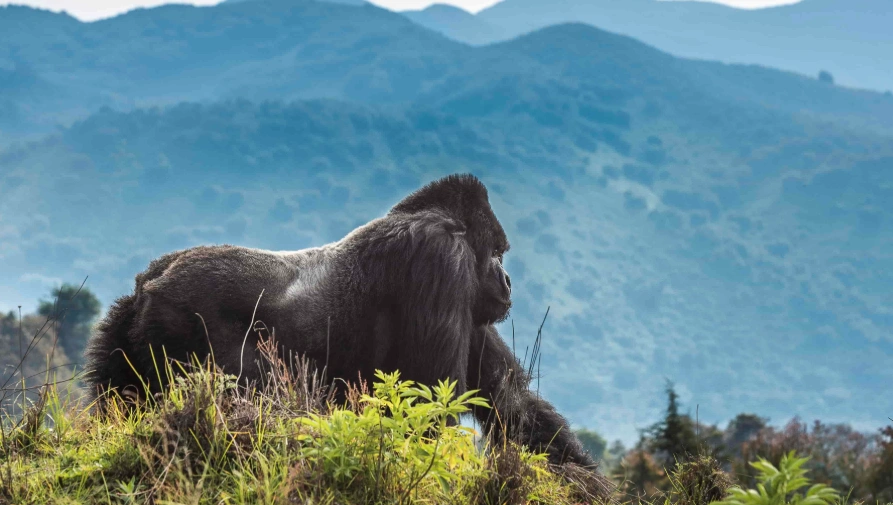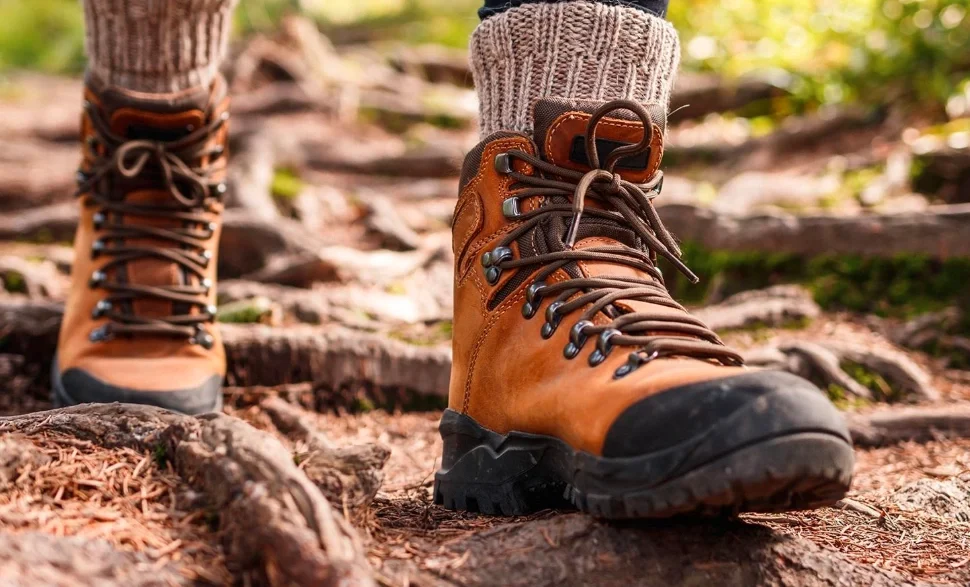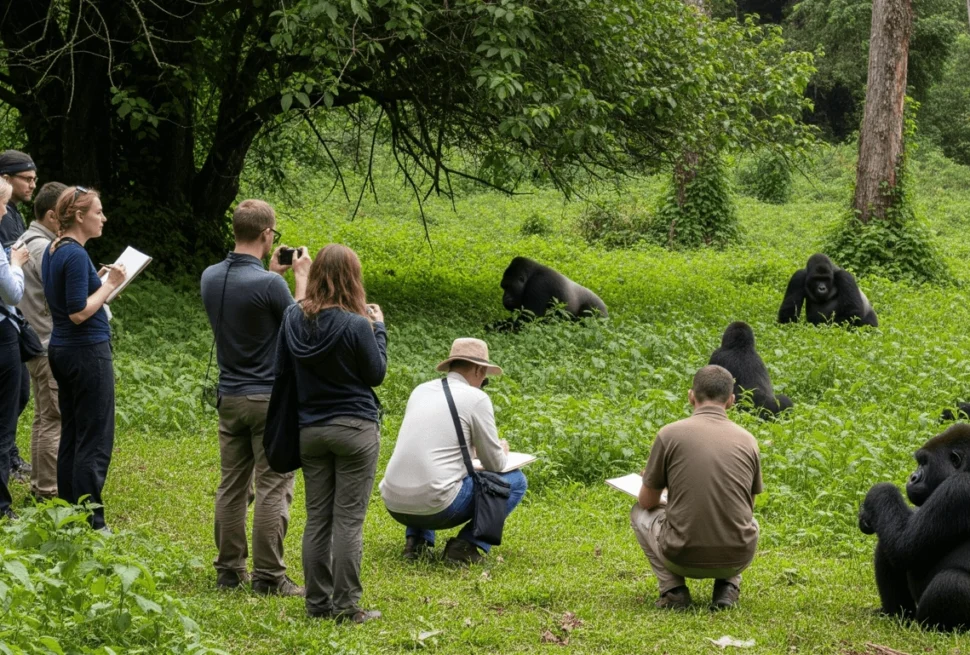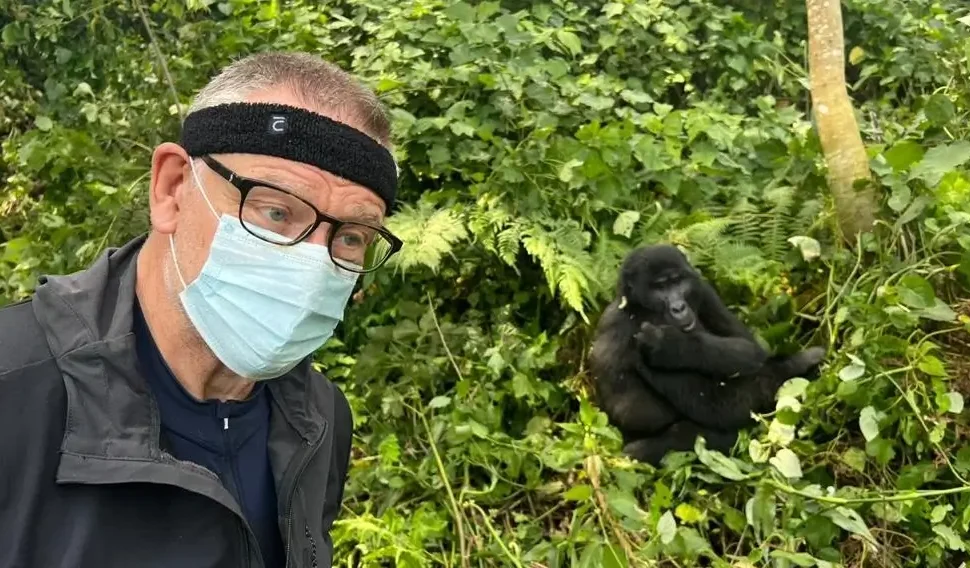Imagine a creature of immense power, yet profound gentleness. Now, imagine two distinct versions, each perfectly adapted to its unique, challenging world. We’re talking about gorillas, of course, but not just any gorillas.
We’re diving into the fascinating divide between mountain and lowland gorillas, two incredible primates often lumped together, but with crucial differences that demand our attention – and our action.
As operators of Dust & Echo based right here in East Africa, we’ve had the immense privilege of witnessing these magnificent creatures firsthand, and we can tell you, the distinctions are profound.
Too often, the narrative around gorillas is a single, broad brushstroke of “endangered species.” While this is true and vital, it misses the incredible nuance. It overlooks the stark contrasts between the shaggy, high-altitude dwellers and their more agile, forest-floor cousins.
Understanding these distinctions isn’t just academic; it’s vital for anyone serious about effective conservation, and indeed, for anyone planning a responsible and impactful gorilla trekking adventure.
Habitat, Appearance, and Adaptation
Let’s break down what truly sets these magnificent creatures apart. It’s more than just geography; it’s a testament to millions of years of evolutionary fine-tuning.
Mountain Gorillas: The High-Altitude Harbingers
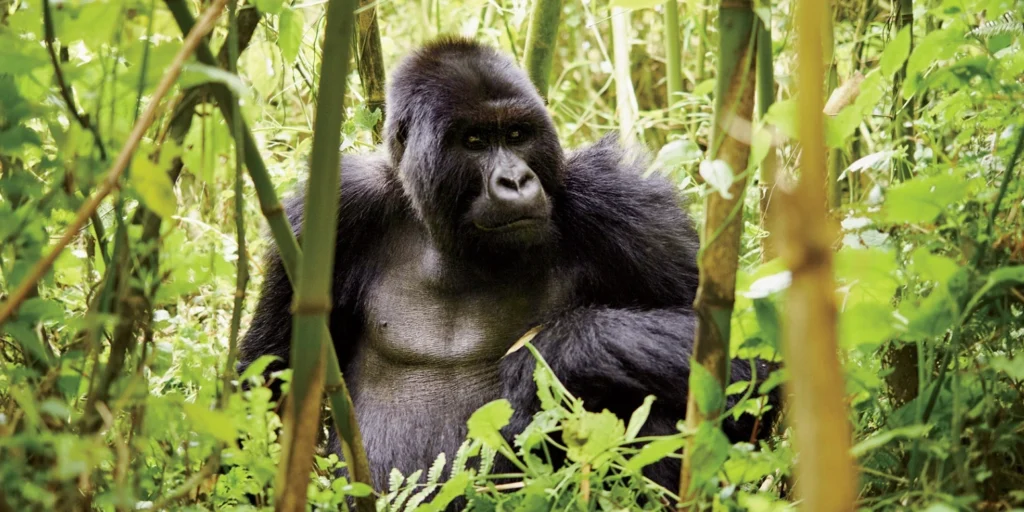
First, their attire tells a story. Think about the biting cold of 2,500 to 4,000-meter elevations in the misty, often rain-soaked Virunga Mountains or the ancient, dense canopy of Uganda’s Bwindi Impenetrable National Park.
Mountain gorillas, like those I’ve been privileged to observe during countless treks, boast incredibly thick, long, jet-black coats. This isn’t a fashion statement; it’s a meticulously designed survival suit, insulating them against the damp, chilly air and persistent mists.
They are the epitome of resilience, their stocky frames and broad faces radiating an almost stoic strength.
- Habitat: Exclusively found in the Virunga Massif (straddling Uganda, Rwanda, and DR Congo) and Uganda’s Bwindi Impenetrable National Park.
These montane cloud forests and bamboo zones are characterized by high altitudes, cool temperatures, and significant rainfall. - Physical Traits: Denser, longer, shaggier black fur. More compact, robust build. Broader faces and more pronounced brow ridges.
Adult males develop a prominent silver-grey saddle on their backs, giving them the iconic “silverback” designation. - Diet: Primarily herbaceous, focused on leaves, stems, pith, bamboo shoots, and bark. Due to the scarcity of fruits at high altitudes, their diet is less varied than their lowland counterparts, making them highly specialized feeders.
Their existence in these challenging environments means they are exceptionally well-adapted. Their powerful limbs allow them to navigate steep, dense terrain with surprising ease, and their digestive systems are finely tuned to extract maximum nutrients from tough, fibrous plant matter.
Lowland Gorillas: Agile Foragers of the Forest Floor
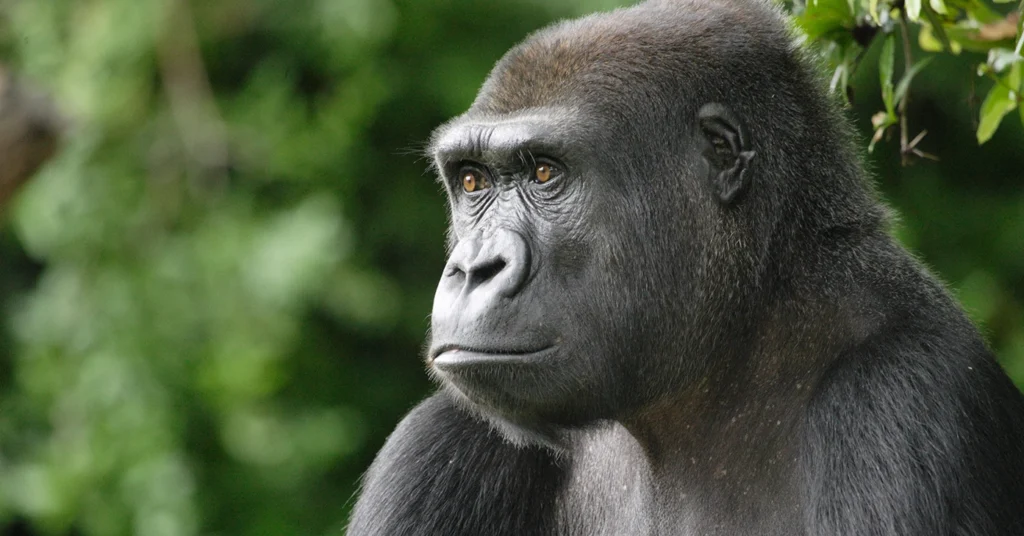
Contrast that with their lowland counterparts. Lowland gorillas, encompassing both the Western Lowland Gorilla and the Eastern Lowland Gorilla (also known as Grauer’s Gorilla), prefer the steamy, humid embrace of Central African rainforests and lowland swamp forests.
- Western Lowland Gorillas: These are the most numerous and widely distributed subspecies, found across countries like Cameroon, Central African Republic, Congo, Equatorial Guinea, Gabon, and Angola. They thrive in dense, tropical rainforests.
- Eastern Lowland Gorillas (Grauer’s Gorilla): Found predominantly in the eastern Democratic Republic of Congo, notably in Kahuzi-Biega National Park.
While their habitat is at slightly higher elevations than Western Lowlands, it’s still considerably lower than mountain gorilla territory, comprising a mix of lowland and submontane forest.
Their fur is shorter, sleeker, and often a reddish-brown hue – perfect for warmer climes. They are more arboreal, at home navigating the tree canopy with their longer limbs and more slender builds.
They move with an elegant fluidity that speaks to their agility, often spending significant time in trees foraging. It’s a completely different aesthetic, a completely different lifestyle, dictated by their environment.
- Physical Traits: Shorter, less dense, often brownish-grey to reddish fur. More slender build with longer arms. Faces are typically narrower.
While still massive, they are generally slightly smaller than mountain gorillas, though Eastern Lowland Gorillas can be quite large. - Diet: A more varied diet, including a significant amount of fruit, as well as leaves, stems, bark, and even insects and small reptiles.
Their foraging patterns are dictated by the seasonality of the forest’s edible treasures, leading them to range wider in search of ripe fruits.
Diet, Demographics, and Daily Lives
Then there’s the menu, which profoundly shapes their social dynamics and ranging patterns. Imagine trying to find a gourmet meal at 10,000 feet! Mountain gorillas, as we touched on, are primarily leaf-eaters. Their diet is overwhelmingly herbaceous.
This limits their need for extensive travel, fostering those larger, more stable family groups (up to 30-40 members) led by a commanding silverback. These groups often consist of multiple females and their offspring, and sometimes other subordinate males, creating a complex social fabric.
Lowland gorillas, on the other hand, are the fruit connoisseurs of the forest. While they also consume leaves and stems, their diet features a significant portion of juicy fruits, insects, and even small invertebrates.
This fruit-heavy diet means they range wider, often in smaller, more fluid groups (typically 4 to 8 members for Western Lowlands, though Eastern Lowlands can form larger groups), constantly searching for ripening bounty.
Their foraging patterns are dictated by the seasonality of the forest’s edible treasures, requiring them to cover more ground.
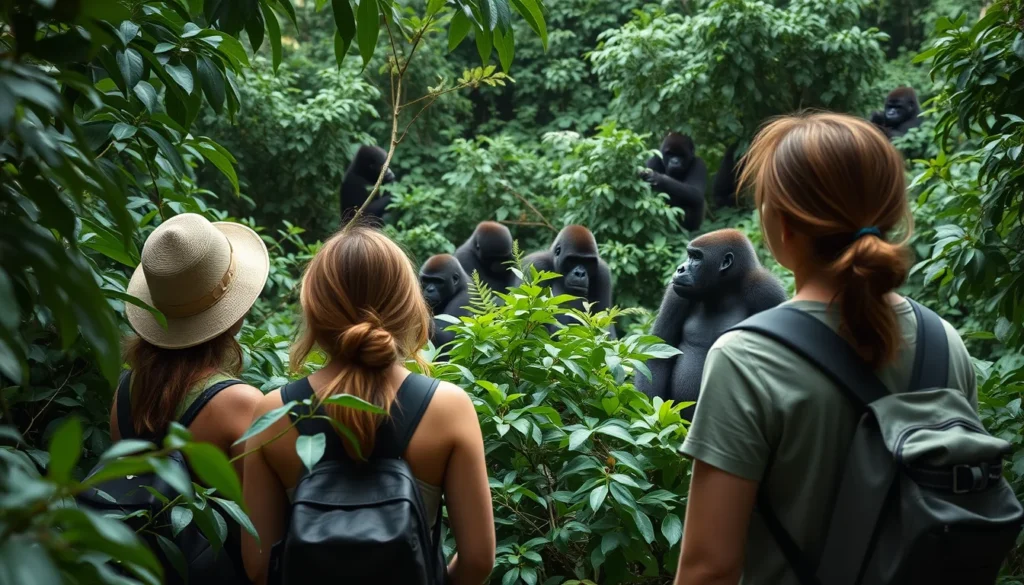
Conservation: Tailored Strategies for Survival
Both mountain and lowland gorillas are critically endangered due to a daunting array of threats including habitat loss, poaching, disease, and civil unrest. However, their specific conservation needs, like their very beings, are distinct.
Mountain Gorilla Conservation
For mountain gorillas, whose populations have thankfully seen a glimmer of hope due to intense, community-led tourism and anti-poaching efforts, the focus remains on:
- Strict Habitat Protection: Safeguarding their limited, fragmented forest homes.
- Mitigating Human-Wildlife Conflict: Working with local communities to reduce encroachments and retaliatory killings.
- Disease Prevention: Monitoring and intervening to prevent the spread of human-borne diseases, to which gorillas are highly susceptible.
As a traveler considering a gorilla trekking in Uganda experience, you become a direct contributor to these vital efforts. The substantial cost of a gorilla trekking permit goes directly into funding anti-poaching patrols, veterinary care, community development programs, and scientific research.
When you embark on this once-in-a-lifetime journey, knowing what to pack for a gorilla trek and understanding the fitness and age requirements for a gorilla trek are not just practicalities; they are part of being a responsible conservationist.
Lowland Gorilla Conservation
For lowland gorillas, particularly the Eastern Lowland Gorilla (Grauer’s Gorilla), the challenges are even more acute and complex.
Their habitat faces immense pressure from illegal mining for coltan and cassiterite (used in electronics), logging, agricultural expansion, and ongoing armed conflict in the Democratic Republic of Congo.
Here, “actionable information” translates to:
- Combating Illegal Resource Extraction: Advocating for conflict-free minerals and responsible sourcing by international corporations.
- Supporting On-the-Ground Conservation: Funding organizations working in politically sensitive and dangerous regions to protect gorillas and their habitats.
- Community Engagement: Empowering local communities with sustainable livelihoods to reduce reliance on destructive practices.
Understanding the unique ecological niches and behavioral patterns of these two gorilla types empowers us to advocate for bespoke solutions. It allows us to move beyond superficial empathy to truly effective intervention.
For more detailed information on Western Lowland Gorilla conservation and research, the Gorilla Doctors website provides excellent insights into their veterinary efforts.
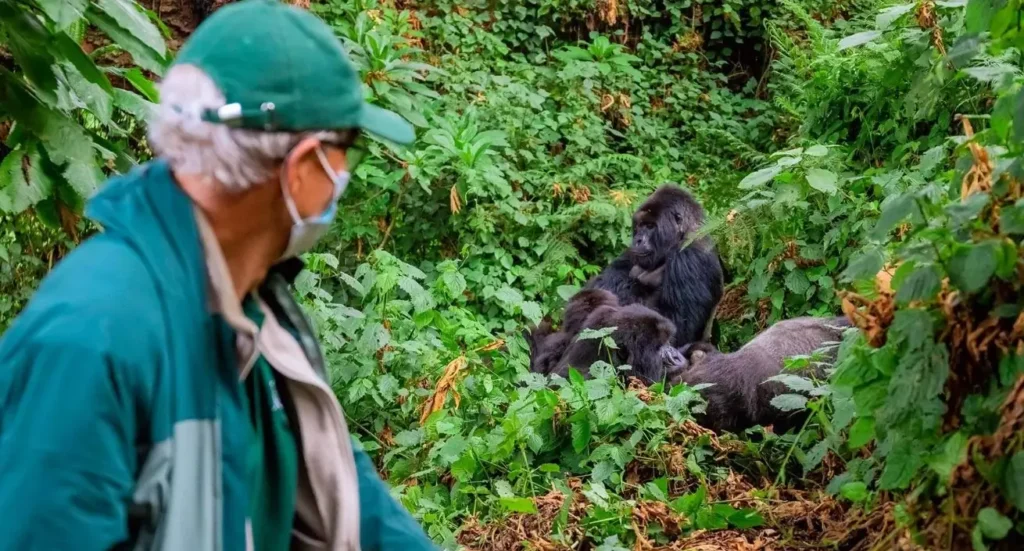
Your Role as a Responsible Traveler
Choosing to travel with a reputable and ethical company like Dust & Echo ensures that your footprint is positive. We work closely with conservation bodies and local communities, ensuring that your adventure directly benefits the very wildlife and people you encounter.
Whether your dream is to witness the sheer power of a mountain gorilla silverback in the mist-shrouded forests of Uganda, or to learn more about the challenges facing their lowland cousins, your journey can be a powerful force for good.
Prepare adequately – consider our guides on what to pack for a gorilla trek and familiarize yourself with East African visa requirements. Every step you take, every dollar you spend ethically, contributes to the survival of these incredible, deserving creatures. Let’s do it, together.

